How to Buy Your First Car
March 2, 2021
Why buy a car in highschool?
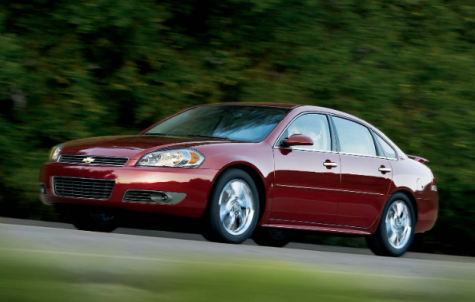
The latter half of high school is when many teenagers get their driving licenses and gain greater freedom than ever before, given that they have access to a car. Many teenagers may use their parents’ car for occasional trips or may inherit a car from a neighbor or family member, but some teens may have reason to purchase a car of their own. For some, a car is necessary to get to work or to school, and they may not always have a car available if other members of the family also require a car for the same reason. A teenager may want a car as a status symbol; car ownership exudes a sense of grown-upness and responsibility. Some motorists enjoy driving and want a car that better serves the purpose of driving for fun rather than strictly transportation, such as a sports car. Any number of reasons entice young drivers to consider a car of their own, but it’s important that they understand the costs and responsibilities first.
Considerations before deciding to buy
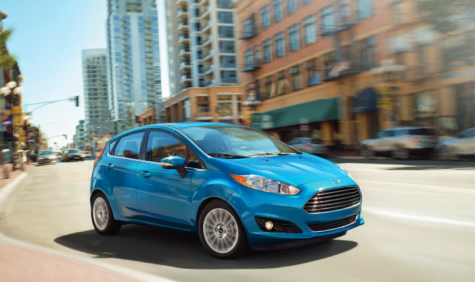
When considering purchasing a vehicle, consider also why you are considering a car purchase and what you will use it for. Showing off a car to others is a bonus of ownership, but is a poor reason to purchase one. A personal vehicle may afford the freedom to not be reliant on others or others’ vehicles for transportation, but also carries a greater cost and responsibility. If you have a family vehicle available to you most of the time you need it, a car purchase is probably not necessary. If a reasonable form of alternate transportation is available to you, such as a bicycle, carpool, bus or train, a car of your own may not be necessary but might be faster or more comfortable than these alternatives. Consider the cost in money and time of all of your transportation alternatives. If using public transit is significantly slower for your regular commute, you may consider a car, but weigh the extra time you would gain by driving against the costs (both initial and recurring) of buying and maintaining a car.
Like any other large, complex purchases, a car takes maintenance to ensure its safety and longevity. Be sure you have the means and the time to maintain a car before buying one, lest you be surprised with unexpected expenses. Gasoline and diesel vehicles (which make up most of the cars in America today, but hybrid-electric, full electric and alternative fuel vehicles increase in number every year) require oil changes at regular intervals. Older vehicles (>15 years old) usually require an oil change every 3,000-5,000 miles at the cost of between $20-50 depending on vehicle make, oil quality and type, and where and how the service is done. Newer vehicles may only need an oil changed at 7,000, 10,000, 15,000 or longer mile intervals, but this varies. Changing your car’s oil is important to keep the engine healthy and ensure its longevity: oil lubricates the moving parts in the engine, and old, dirty oil is less effective or may even begin to clog up the engine. All cars need new tires when they wear out, but the interval to change them depends on the type of tire you choose. Softer tires have better grip but wear out quickly while harder tires will last a long time but have poorer grip in adverse conditions. Tires will become brittle and crack after several years even if they still have a safe amount of tread, so they must be replaced at minimum every three years or so. Tires often cost $300-600 for a set of four, but are crucial to replace when they wear out. Tires are the only part of a vehicle actually in contact with the road and are designed to channel water such that they grip even in the rain. Specially designed winter tires may also be designed to grip snow. Worn tires struggle to grip the road surface in adverse or normal conditions, causing a skid, slide, or loss of control that could lead to a crash. Depending on the age and condition of a car, it may also require occasional, special maintenance to replace broken or worn parts that vary in cost from a few dollars to a few hundred dollars. Most car maintenance (especially on older cars) can be done at home for a fraction of the price, but takes time, patience and research to do. If you have a small budget for maintenance, learning to work on your own car may make ownership more reasonable and affordable.
Working out a plan for insurance, gas, maintenance, parking and other requirements
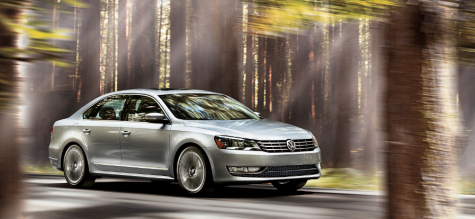
Cars in Virginia must be insured or the owner must pay an Uninsured Motor Vehicle Fee that allows a motorist to drive without insurance at their own risk. Insurance for teenage drivers is especially high because insurance companies generally consider teens young drivers more likely to be involved in an accident, so it is usually unreasonable for a teenager to insure themselves and almost always must be insured on their parents’ plan. Some providers may offer discounts if a student has good grades, takes extra driving courses beyond the ones required for a license, or if the vehicle a driver regularly drives is equipped with active safety technology, such as automatic emergency braking. In addition to insurance costs, cars require gasoline (or diesel, or electricity), maintenance and a place to park or store the vehicle. Every family’s rules are a bit different, but teens and their parents need to work out who will pay what part of these costs. Parents may consider paying insurance as long as grades are good, or may consider paying for the teen’s gas in return for running errands for them. Alternatively, a teen may pay for some or most of these costs themselves with money earned from work or allowance. Regardless of the details, parents should agree on a contract (written or verbal) that outlines the details of who will pay for what parts of the car’s ownership costs and what each are responsible for.
Picking the right car for your needs and budget, or vehicle research
Outlining what you need your car to do, your budget and researching different makes and models will ensure the best ownership experience. Most teens do not need to carry many passengers (and indeed in Virginia are prohibited from carrying other teen passengers in most circumstances outlined on the DMV website) so a passenger van or large SUV is unnecessary. For some teens who work a job with large equipment (such as landscaping), a pickup truck or van may be appropriate, but taller vehicles pose a greater rollover risk, and are heavier and larger. Heavier vehicles may take more distance to stop and turn, and large vehicles are more difficult to park and drive in tight spaces such as a city. Some other special circumstances may necessitate a special class of vehicle, but for most teens a sedan or hatchback is the appropriate balance of size, capability and safety. A coupé is an option for drivers that are willing to sacrifice some practicality for a sportier driver without committing to a sports car.
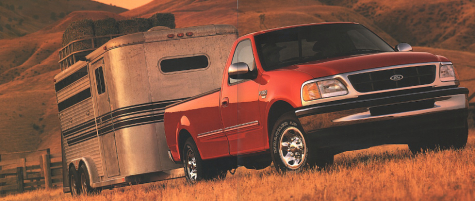
Budget is important to keep in mind, especially as a teen or young adult. Ideally a first car should be affordable enough to buy outright or pay for with a small, short-term loan. For an adolescent, a car loan for a used car should be paid off in two years or less. A car payment is a recurring expense that may be difficult for a teen to pay without a stable source of income. With this in mind, the age of used cars most teens may be considering will be between 7-20 years old in order to balance price with features and safety. Cars made after 1994 for the United States are equipped with both driver and passenger airbags, and most vehicles made after 2000 are equipped with Anti-Lock Brakes (ABS), which prevents the wheels from locking and skidding under hard braking. Newer cars made since the late 2000s are equipped with Traction Control, Electronic Stability Control (ESC), and side airbags. Consider the relative age, price and safety of models and which of these is most important to you.
Once you have determined the type of vehicle for your needs, start researching makes and models that fit. Edmunds, Kelley Blue Book, Car Gurus and other consumer car sale and research websites are a great place to start. For more in depth information, professional consumer information outlets such as Consumer Reports and MotorTrend perform detailed tests, collect owners’ opinions and offer comparisons for hundreds of models, but they do require a subscription to access. For specific models with devoted followings, owners’ forums can offer guidance for inspecting, purchasing and maintaining that model.
Finding, inspecting and purchasing
Once you have determined a range of models, the next step is to find, inspect and test drive them. When shopping, try to test drive a variety of makes and models to gain an understanding of how each drives and their comfort and features. Car sale websites will show filtered results for specific years, prices, models or body styles. When considering the prices of vehicles for sale, compare to the Kelley Blue Book (KBB) value determined by the condition, type and age of the car. In addition to the above websites, Autotempest, eBay Motors, Cars.com and local message boards such as Facebook Marketplace and Craigslist are possible sites to search with. Be cautious, however, of scams on websites with less rules of who can post. Exercise typical internet vigilance.
Dealers may offer warranties on some Certified Pre-Owned (CPO) vehicles; these are cars that are lightly used, only a few years old, and have been inspected by the dealer to certain manufacturer-set specifications. Buying a car from a dealer is often more work as dealers are businesses that employ various tactics to incentivize purchases and make money while buying directly from a private party (i.e. a person) is typically easier, especially if you pay with a check or cash. Dealers also require fees for paperwork or services that vary by the dealership; make sure to understand all the fees and read through all paperwork before signing anything to avoid hidden fees.
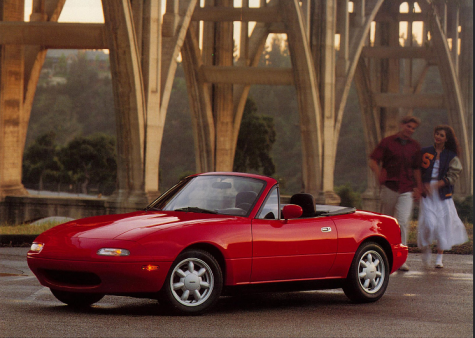
When looking at a car in person, inspect the car for obvious defects. Look along the bodywork for scratches and dents; although cosmetic, they can indicate how well the car was taken care of. Look where different body panels meet and if the gaps between panels are consistent and even. Get on the ground and look under the car for rust. Rust appears as orange-brown corrosion. Minimal surface rust is mostly inconsequential, but rust that has formed holes and rough edges presents significant corrosion that must be addressed. Look under the hood at the engine and check for cracked or broken hoses and parts. Check the wheels for gouges where they meet the tires, an indication that the wheels rubbed a curb. Make sure the tires have adequate tread, or if they are worn budget for their replacement. Although visual checks like this will not reveal all problems, doing so will save you from spending energy, money and time on a car that is in an obviously unfit condition. If you have found a car you are seriously considering, ask an independent mechanic to give it a thorough condition report. Autocheck and CarFax may give some insight into the car’s history including how many owners it has had and if it’s been in a major accident. These are paid services that may not tell you anything notable, but are an alternative or addition to an inspection by a mechanic.
When test driving, ask anyone riding with you to be quiet long enough to listen for strange sounds. Some squeaking usually indicates wear or age that is repairable. Loud knocks or pings show a serious problem. Make sure there is little or no unevenness to the steering, acceleration or braking. Steering should be straight and direct; excessive play (movement) in the steering means worn suspension (larger cars and trucks tend to have less direct steering). Before and after driving, check for smoke from the exhaust (for gasoline and diesel cars). Some white smoke when first starting in cold weather is normal, but should subside after the engine is warm (i.e. after it has been running for some time). Heavy blue or black smoke shows a serious engine problem (a minimal amount of black smoke or soot is normal for old cars under heavy load). If in doubt, get an inspection from a trusted mechanic not associated with a dealer before buying.
Finally, be patient. Especially on a tighter budget, finding the right car will take time. Keep expectations reasonable. Once you are ready to buy, ask for a bill of sale and get the price you want to pay in writing. Avoid telling the seller the means with which you plan to pay (cash, check or a loan) until a final price is agreed upon. All that’s left to do then is buy it! Get behind the wheel and enjoy the freedom that a car offers. Your work has paid off. Drive where the road takes you, and drive safely.


